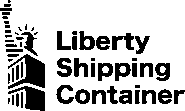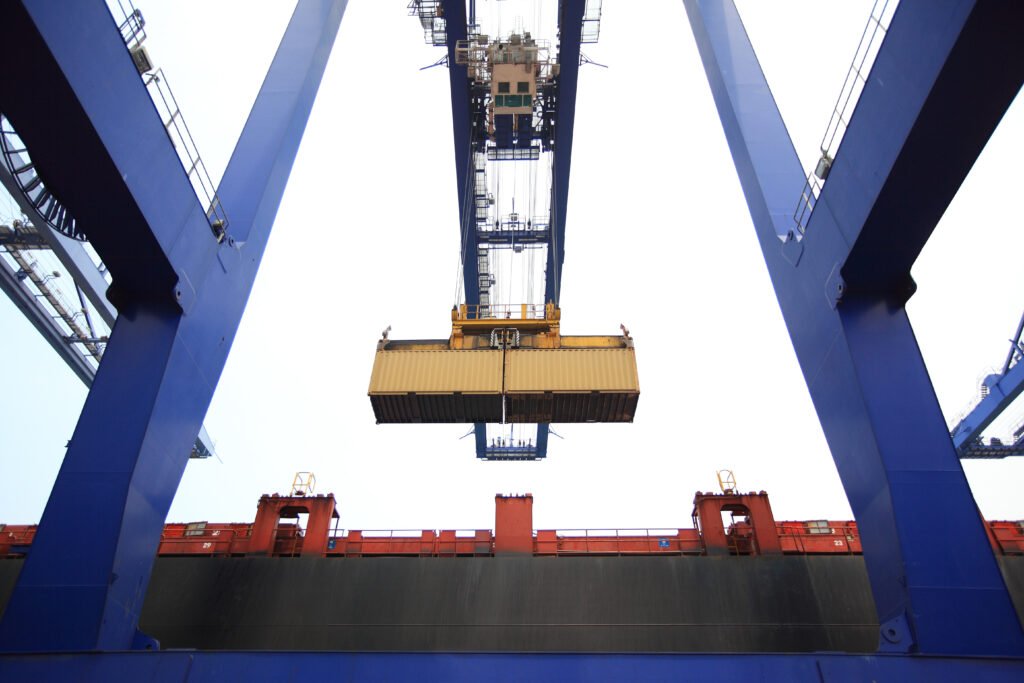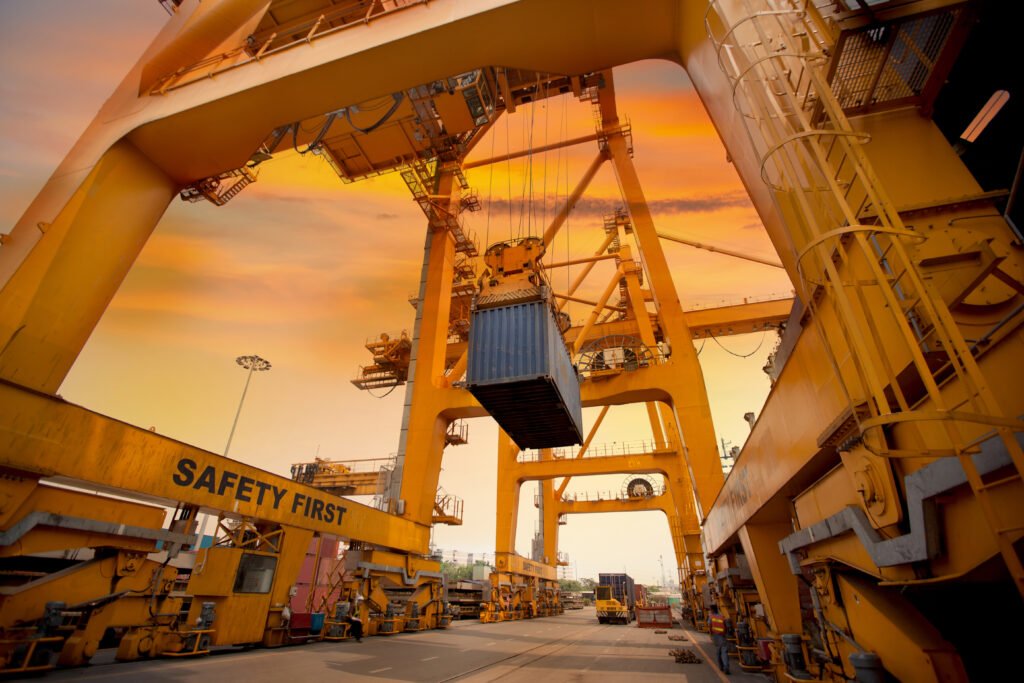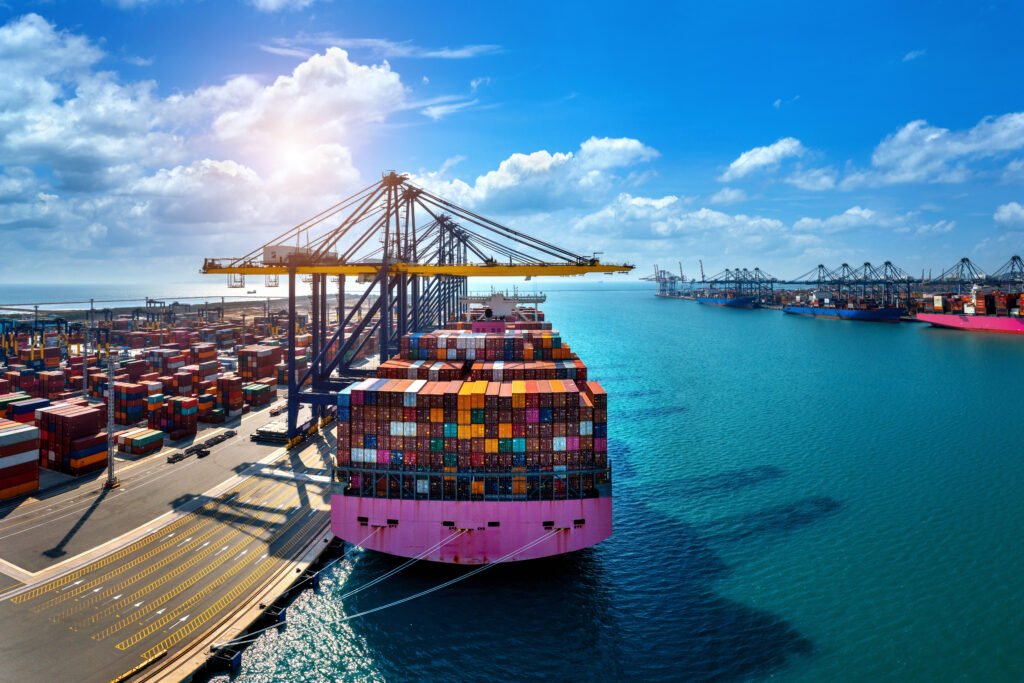The global container trade has evolved into one of the most critical backbones of international commerce. With nearly 90% of non-bulk cargo transported in containers, these steel boxes have enabled faster, safer, and more scalable trade across the globe. In 2025, the market isn’t just growing—it’s transforming, creating new opportunities for logistics operators, investors, and infrastructure developers alike.
1. The Scale of Containerized Trade Today
According to the United Nations Conference on Trade and Development (UNCTAD), global container throughput reached over 865 million TEUs in 2023 and is expected to cross 1 billion TEUs by 2027. This increase is driven by the expansion of global eCommerce, manufacturing hubs shifting to South Asia, and infrastructure upgrades in emerging economies like the UAE and India.
Major ports such as Jebel Ali (UAE), Los Angeles (USA), and Mundra (India) are handling record-breaking volumes as supply chains adapt post-COVID and post-Suez disruption.
2. Key Trends Reshaping the Industry
The container trade isn’t static—it’s modernizing rapidly. Here are some key shifts in 2025:
- Smart Containers: IoT-enabled containers are gaining traction, providing real-time data on location, temperature, humidity, and movement.
- Green Logistics: Eco-friendly shipping practices, such as carbon-neutral vessels and reusable containers, are being adopted globally.
- Short-Sea Shipping: Regional coastal routes are gaining favor to reduce inland congestion and lower emissions.
- Container Conversion: Increased demand for using containers as modular buildings, storage units, and temporary offices.
3. Investment Potential in Container Ownership
Shipping containers are now seen as more than logistics assets—they are income-generating investment products. An investor can purchase containers and lease them to shipping companies or businesses in construction and events.
In the UAE, for instance, investors can earn 6% to 10% annual returns by leasing containers, with resale potential if the steel value rises. In India and the USA, demand is booming in construction, agriculture, and modular housing sectors.
Platforms like Liberty Shipping Containers facilitate bulk and retail container sales, and even allow private investors to purchase for rental or resale use.
4. The UAE, USA, and India: Growth Hotspots
United Arab Emirates: Jebel Ali Port continues to lead the region with advanced container handling capabilities. Demand for storage and modified containers in logistics, oil & gas, and construction is rising sharply.
United States: With over 400 ports and distribution hubs, the U.S. is a container-intensive economy. Increased last-mile fulfillment and West Coast infrastructure upgrades have pushed up container leasing demand.
India: The National Logistics Policy aims to bring down costs and digitize cargo flow. With freight corridors and port modernizations underway, India is becoming a major hub for container sourcing and investment.
5. Risks and How to Navigate Them
While container trading and leasing offer strong returns, risks include fluctuations in steel prices, damage during transport, or oversupply in saturated markets. However, partnering with a reputable provider like Liberty Containers reduces these risks through:
- Thorough quality checks and grading
- Verified resale market access
- Storage and logistics support
- Documentation and compliance assistance
Conclusion: Steel Boxes, Strong Returns
The global container trade is no longer just the domain of large shipping companies. In 2025, it presents a lucrative opportunity for private investors, business owners, and logistics innovators to enter a high-demand, asset-backed market.
At Liberty Shipping Containers, we connect clients in the UAE, USA, and India with quality containers, investment insights, and delivery support. Whether you’re buying one unit or building a fleet, now is the time to move into a market built on steel—and powered by global trade.



